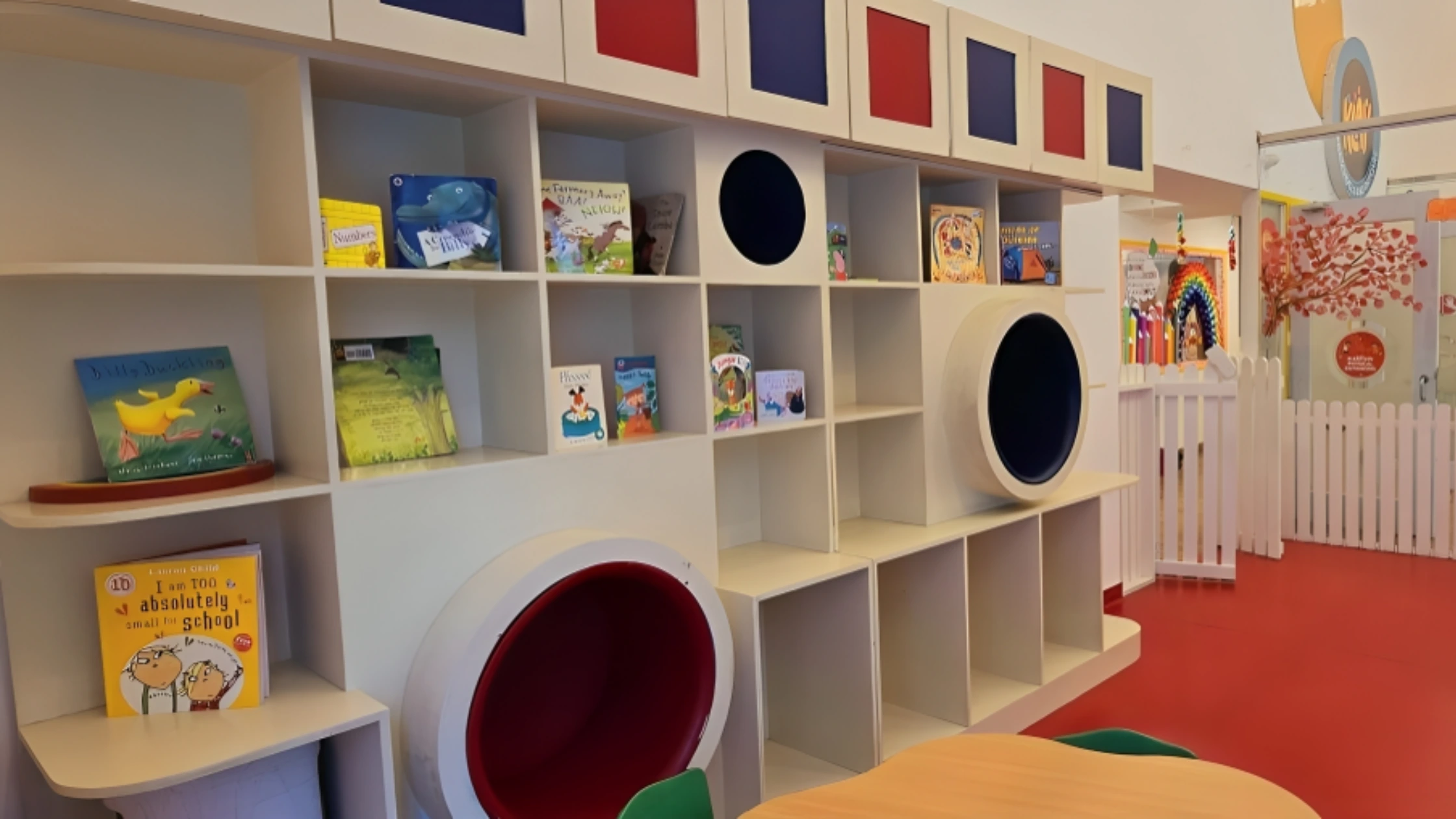In today’s screen-ridden world, children are spending more time swiping and tapping than running and imagining. The lure of digital entertainment, coupled with increasing academic pressure, has drastically reduced unstructured playtime. While screens offer educational content, excessive screen time can hinder social skills, creativity, and physical development. Unstructured play—where children explore, create, and interact freely—remains crucial for their cognitive, emotional, and physical growth. It fosters independence, problem-solving, and resilience, equipping children with essential life skills that no app or structured class can replace.
As parents and educators, we often find ourselves caught in a dilemma: we know play is important, yet we feel the pressure to prioritize structured learning. This is the Play Paradox—the contradiction that while play is often seen as a break from learning, it is, in fact, the foundation of learning itself.
Despite growing research on its benefits, unstructured play is shrinking in children’s daily routines, replaced by academic drills, structured activities, and screen time. But what if we told you that play is the most effective way for children to develop essential life skills? Let’s explore why play is not just fun but fundamental for a child’s growth, from toddlerhood to preschool.
Play and Development: A Journey from Toddlerhood to Preschool
Toddlerhood (1-3 Years): Play as Exploration
For toddlers, play is all about discovery. At this stage, they are curious about everything around them, using their senses to explore textures, sounds, and movements. Simple activities like stacking blocks, banging on pots and pans, or playing peek-a-boo lay the groundwork for cognitive and motor development.
How Play Helps:
- Cognitive Growth: Problem-solving starts early as toddlers figure out cause and effect (e.g., “If I drop my toy, it falls”).
- Motor Skills: Climbing, grasping, and running help develop coordination and strength.
- Social and Emotional Skills: Imitation games and parallel play (playing alongside other children) foster social connections.
Preschool Years (3-6 Years): Play as Learning
As children grow, their play becomes more structured and imaginative. They engage in pretend play, build complex structures with blocks, and develop friendships through group activities. These experiences are essential for preparing them for formal learning environments.
How Play Helps:
- Language Development: Storytelling, role-playing, and singing expand vocabulary and communication skills.
- Problem-Solving and Creativity: Building with LEGO, solving puzzles, and pretend play enhance critical thinking.
- Emotional Regulation: Playing out scenarios (e.g., “You be the teacher, I’ll be the student”) helps children process emotions and build empathy.
- Social Skills: Sharing, taking turns, and working in teams teach cooperation and conflict resolution.
Looking for more than just play? Discover how KLAY blends fun and foundational learning.
The Disappearance of Play: A Growing Concern
Modern lifestyles often leave little room for unstructured play. With increasing academic expectations and the lure of screens, children are spending less time engaging in free play. While structured learning has its place, it cannot replace the rich, hands-on learning that play provides.
Balancing Play and Learning
So how can we ensure that children get the playtime they need?
- Prioritize Free Play: Allow children time for self-directed play without adult intervention.
- Encourage Outdoor Activities: Running, jumping, and playing outside help develop physical health and creativity.
- Limit Screen Time: Create a balance between digital activities and hands-on play.
- Integrate Play into Learning: Use storytelling, role-playing, and interactive games to make education more engaging.
Final Thoughts: Play is Learning
As adults, we must shift our perspective—play is not a break from learning; it is learning. When children play, they are developing cognitive, social, and emotional skills that will serve them for life. The next time your child builds a tower, plays pretend, or jumps in puddles, remember: they are not just having fun; they are growing in ways we cannot always see.
Let’s embrace the power of play and give our children the freedom to learn, explore, and thrive.
















Subscribe to our newsletter
[contact-form-7 id="12706" title="Newsletter Form for post page"]Our Related Blogs
Yoga Benefits, Activities, and Poses for Preschoolers
For preschoolers, yoga isn’t about perfection but about giggles and benefits. So, are you curious how a simple stretch can support a child’s focus, flexibility, and emotional well-being? Let’s roll...
Year-End Reflection and Goal Setting for Children
Parenting is a journey filled with the brightest moments and valuable lessons, both for us and our children. As the year draws to a close, it’s the perfect time to...
Why Residents of Malibu Town, Gurgaon Choose KLAY for Their Little Ones?
Choosing the right preschool or daycare is one of the biggest decisions for any parent, especially in a community as close-knit and discerning as Malibu Town, Gurgaon. Over the years,...